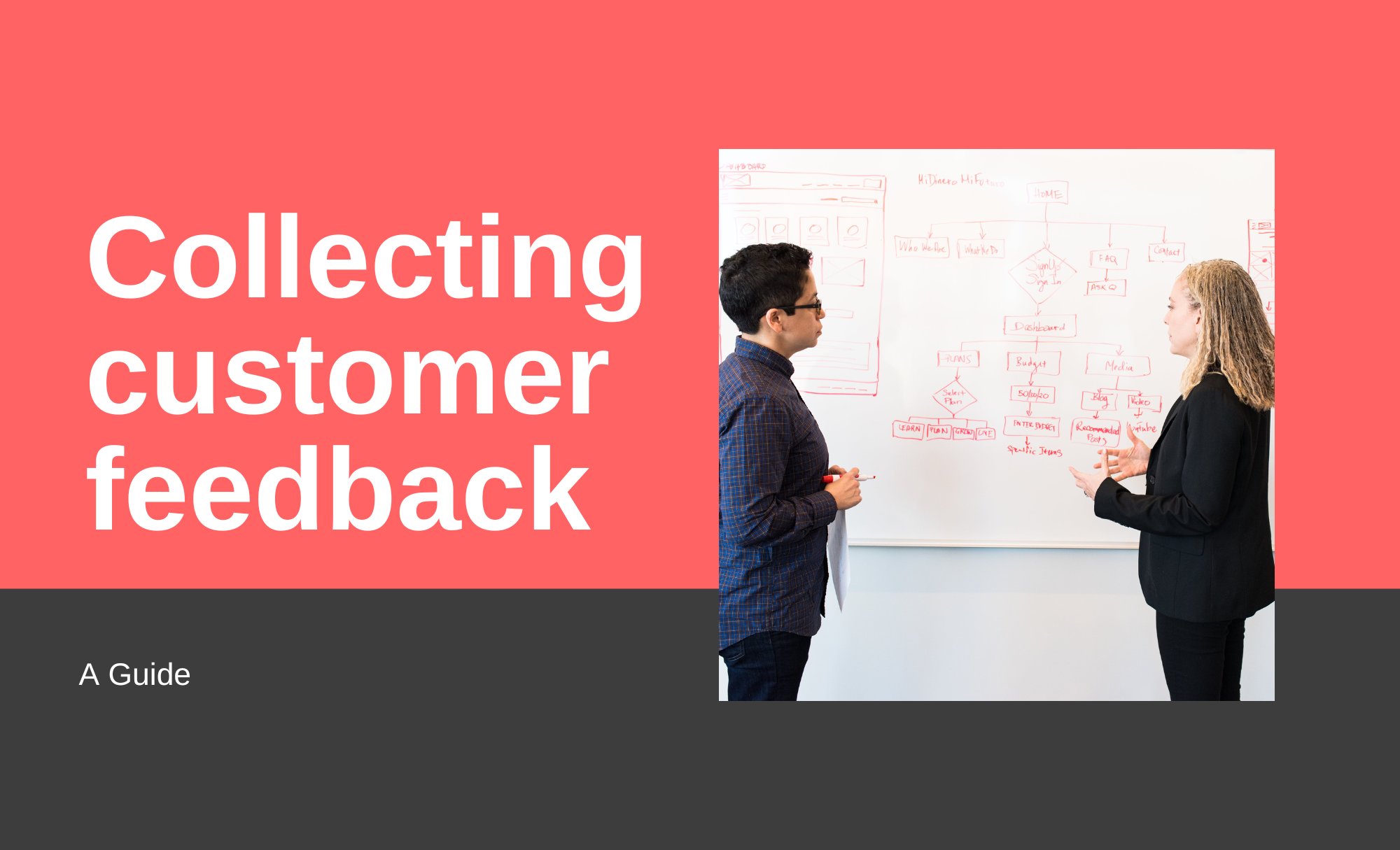Collecting customer feedback for a brand-new startup product or service is crucial for understanding your customers’ needs and improving your offering, It is also crucial to survive in a paradigm that it is always shifting.
In this article, we will cover some of the easiest and more down-to-earth solutions, that are appropriate for a startup, with limited capacity and also as low of a cost as possible.
Depending on the stage of your product or service, you can make use of all or some of these solutions.
Look and analyze competitors
One would guess that if you are reading this, it means that you already know who your competitors are. The easiest would be to analyze feedback on similar products in the market, by looking at their reviews, Trustpilot ratings, or even social media profiles. This will help you identify gaps, shortcomings, or areas where competitors excel.
Take this information and use it to enhance your offering.
Use an iterative development approach to collect customer feedback
Your development workflow should focus on having incremental feature updates. Make sure to release them soon and fast. Add to this the capability for the users to provide feedback on each change (i.e. a simple prompt, or even a more detailed approach if you have capacity) This should encourage users to provide feedback on each iteration.
The key here though is that you must demonstrate responsiveness to user input. Alternatively, it will only maybe work once.
The good old-fashioned way – reach out to your users
You can send them emails, or ask for feedback on social media – however, you actually talk to your users this is the core idea behind collecting customer feedback. Depending on the amount of time you want to invest you can either:
- Send out surveys – you need a quantitative and qualitative approach.
- Ask for one to one interviews – where you can share a specific workflow that you want to get feedback on
- Give them access to beta testing
Analyze your support tickets
Maybe your product feedback is easily determined by the support tickets or feedback that it is provided? In the end, paying customers will complain or raise a point if they are unhappy. This is a very important part of the feedback and similar to above, if you want them to continue, show that you actually listen to their feedback
Do real user acceptance testing
To collect customer feedback, this is another form of reaching your users, but it’s a bit more specific, and structured – similarly it is a bit costly as well. The cost comes either from hiring external services (e.g. usertesting.com) or doing it in-house – where someone needs to actually reach the users.
Now user acceptance testing has a methodology – here is the Wikipedia article to start with





